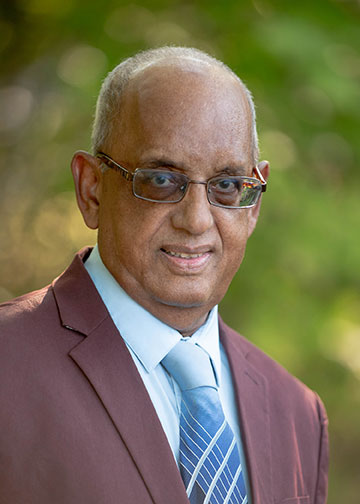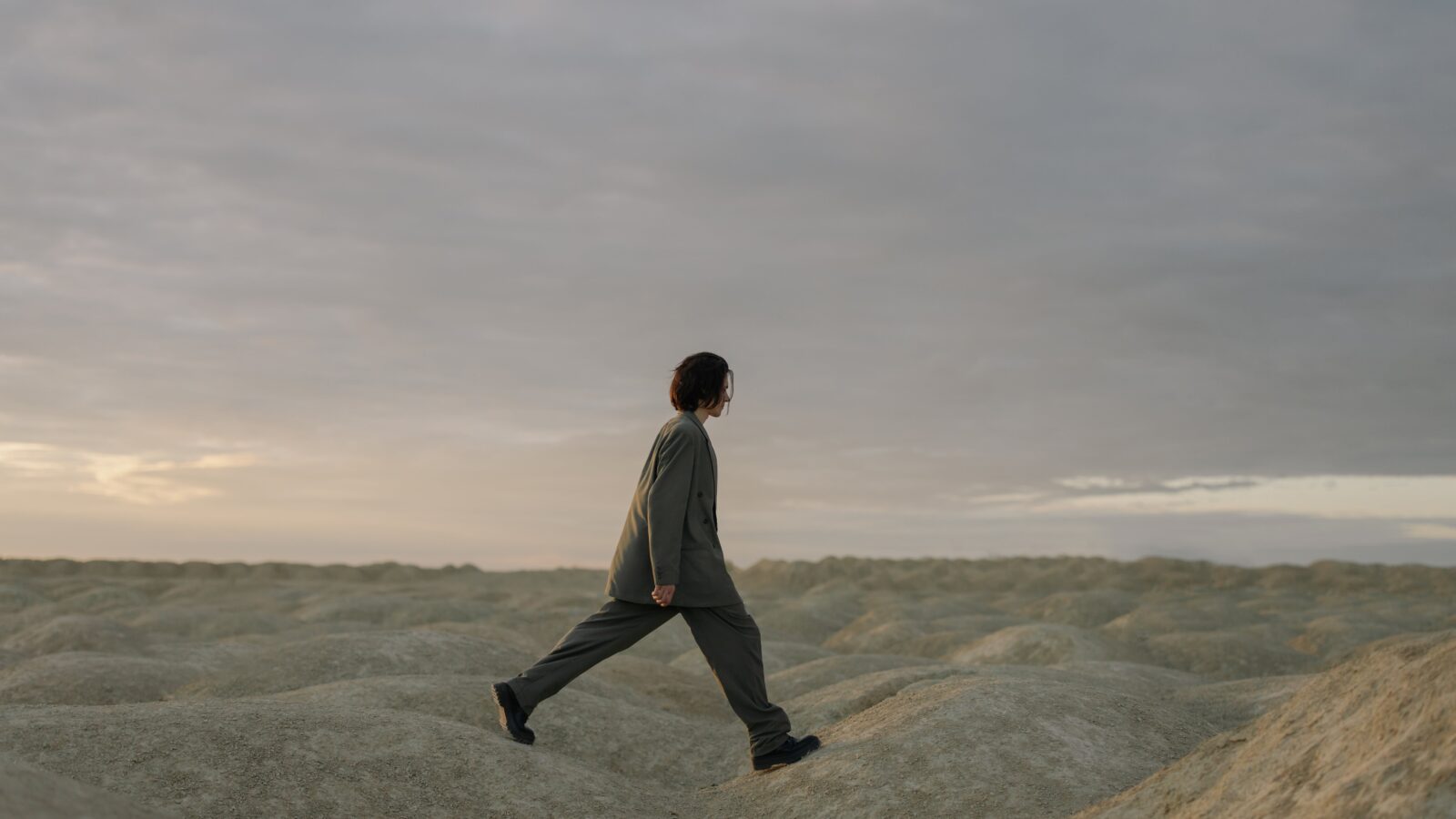Introduction
Mindfulness and meditation have become commonplace term in the western world, playing crucial roles in stress reduction and mental health improvement. However, the journey from the ancient art of profound meditation, Dhyana, to contemporary mindfulness is a significant and extensive one. As these practices evolved, a question emerges: is it a meditative evolution or a deviation from the traditional path? Let’s explore this journey, unraveling the adaptation, modification, and the enduring essence of meditative practices in the context of the historical and philosophical terrain.
To The East
Bodhidharma played a pivotal role in carrying Dhyana to China around 420 AD. In the Chinese cultural milieu, Dhyana was referred to as Ch’an, a form that seamlessly harmonized with the cultural essence of the country. Venturing further, Dhyana found welcoming abodes in Vietnam, known as Thien, in Korea as Son, and in Japan, it assumed the distinctive identity of Zen.
As Dhyana embarked on its journey across the diverse cultural landscapes of the East, it encountered a warm reception in various regions, where communities eagerly embraced its profound teachings and practices. Each region left its distinctive imprint on the practice, enriching it with unique characteristics. Dhyana discovered hospitable homes, adapting and evolving through each cultural assimilation.
To The West:
Its distinctive identity as Zen emerged in Japan before making its historic journey to the West through Zen teacher Soyen Shaku during the World Parliament of Religions in Chicago in 1893. Concurrently, Swami Vivekananda delivered his renowned address, “Dear sisters and brothers of America,” in the same year and place, leaving an enduring impact on history. The 30-year-old Swami’s profound call for universal tolerance, religious acceptance, and the recognition of the underlying unity of all humanity resonated deeply, marking a pivotal moment in the cultural exchange between the East and the West.
However, the Western reception of Dhyana took a different trajectory. While pure forms persisted in certain enclaves, the intellectual community sanitized the practice and introduced terms like mindfulness and the relaxation response to align with the Western mindset rather than fully embracing and enhancing it. The term “mindfulness” for a Buddhist tern ‘sati’ was originally coined by the prominent Buddhist scholar T. W. Rhys Davids in the early 20th Century. Notably, Rhys Davids considered different terms before finalizing “mindfulness.” In his 1881 publication, he translated “sati” as ‘mental activity’ or ‘thought.’ However, it was in his 1910 work that he officially adopted the term “mindfulness.” This term gained further recognition when Jon Kabat-Zinn embraced and popularized it later on. Jon Kabat-Zinn and his colleagues at the University of Massachusetts played a pivotal role in secularizing historical Buddhist principles, leading to the development of Mindfulness-Based Stress Reduction (MBSR) in 1979.
Similarly, the concept of the relaxation response emerged for reducing blood pressure, inspired by the practices of the Mahesh Yogi’s Transcendental Meditation movement. Dr. Herbert Benson’s (1975) scientific validation of age-old wisdom resulted in significant studies, demonstrating the physiological benefits of meditation on reducing metabolic rates and blood pressure.
Purpose
In the historical context, Dhyana was fundamentally crafted for personal growth and development rather than stress reduction. The term “stress” emerged much later around the 1930s, introduced by Hungarian endocrinologist Hans Selye, who linked it to the body’s nonspecific response to various demands, with its origin associated with metallurgy.
The transformative journey of Siddhartha (566 – 486 BC), forsaking his family and worldly pursuits to become the Buddha, serves as a vivid illustration of self-discovery and enlightenment within the framework of Dhyana. This highlights its timeless relevance in the pursuit of holistic well-being, setting it apart from the modern construct of stress and its associations.
Conclusion:
As Dhyana evolved, it encountered both embrace and modifications. In essence, the journey from Dhyana to Mindfulness reveals a fascinating evolution shaped by diverse cultures and responses. In the East, Dhyana was embraced, giving rise to Ch’an, Thien, Son and Zen, each imprinting unique expressions and enhancements. The Western response, instead of fully embracing, worked to modify to suit the Western mind.
So: Is this progression a meditative evolution or a deviation? While the Western response led to the introduction of terms like mindfulness, tailored to address contemporary concerns, the core purpose of Dhyana, centered on personal growth and development, remains an enduring beacon in the pursuit of holistic well-being. In this interplay of cultural assimilation and adaptation, the journey reflects both evolution and deviation, emphasizing the dynamic nature of meditative practices through time and space.


